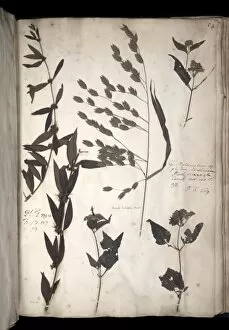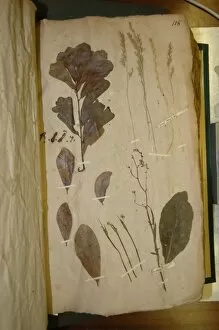John Lawson Collection (page 5)
John Lawson was not only a radical lawyer, but also a talented artist who captured the essence of various historical and picturesque scenes
For sale as Licensed Images
Choose your image, Select your licence and Download the media
John Lawson was not only a radical lawyer, but also a talented artist who captured the essence of various historical and picturesque scenes. In 1902, Spy depicted him in an intriguing portrait that showcased his rebellious spirit. However, it was through his art that Lawson truly transported viewers to different eras and places. One of his notable works from the late 19th century is "Boudoir of Marie Antoinette" at Trianon, Versailles. Through this painting, Lawson allowed us to peek into the luxurious world of the infamous queen. Another masterpiece by him is "The Madonna in San Sisto, " which he created in 1893. This piece beautifully captures the divine serenity surrounding this religious icon. Lawson's artistic talent extended beyond Europe; he also ventured into capturing landscapes across continents. In California, USA, he painted "Cliff House and Seal Rocks, " immortalizing their natural beauty for generations to come. Similarly, during his visit to Jerusalem in 1893, he portrayed the magnificent Mosque of Omar with great detail. Traveling further eastward brought Lawson to Italy where he explored its enchanting destinations such as Isola Bella on Lake Maggiore and Capri's Marina. His paintings effortlessly conveyed the allure and charm these places held during that time period. Not limiting himself to Europe alone, Lawson journeyed to Switzerland where he captured Lucerne's scenic vistas with precision and skillful brushstrokes. Additionally, while visiting Rome in 1893, he depicted The Dying Gaul at Capitol—a poignant representation of ancient history frozen in time. Lastly but certainly not least important among his works is "Gallery of Battles" at Versailles—an awe-inspiring depiction showcasing France's rich military heritage throughout centuries. Furthermore, Florence's iconic Ponte Vecchio found its place within Lawson's collection as well—its architectural grandeur immortalized through his artistry.


